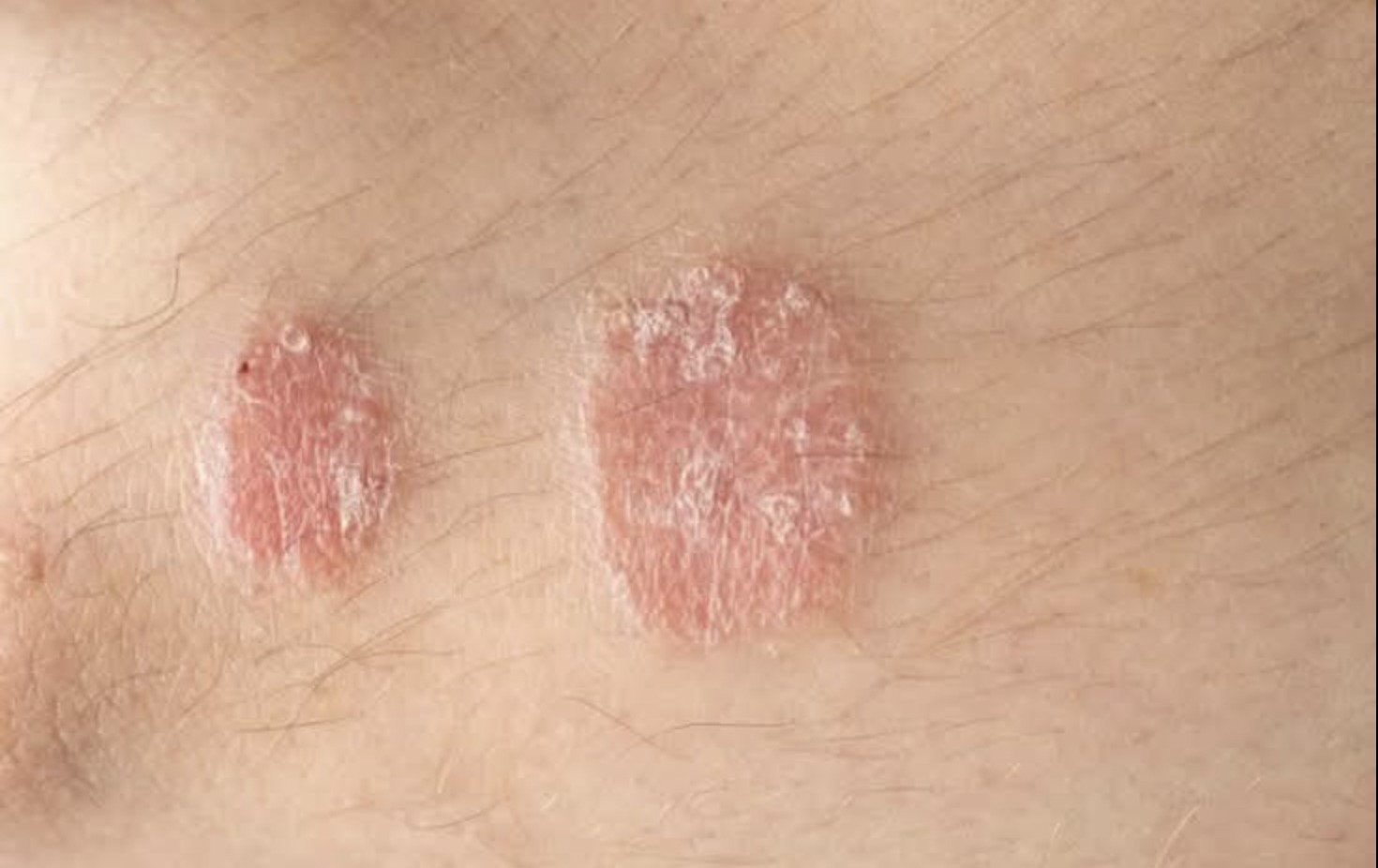Psoriasis is a chronic autoimmune disorder that affects millions of people worldwide. It’s characterized by an abnormal immune response that leads to the rapid growth of skin cells, resulting in scales, patches, and other symptoms. While there’s no cure for psoriasis, understanding its signs and symptoms can help you manage the condition effectively.
Psoriasis can manifest in different ways, and being aware of its various forms can help you identify the condition early on. According to the National Psoriasis Foundation, there are five distinct types of psoriasis, each with its unique characteristics.
The most common form of psoriasis is plaque psoriasis, which is characterized by dry, itchy, and elevated patches of skin covered with scales. These patches can appear anywhere on the body, but they often occur on the scalp, lower back, elbows, and knees. Plaque psoriasis can cause moderate to severe itching, and the patches can leave a temporary discoloration on the skin.
Another form of psoriasis is guttate psoriasis, which is commonly seen in children and young adults. This type of psoriasis is characterized by small, drop-like lesions on the trunk, arms, or legs. Guttate psoriasis often occurs after a bacterial infection, such as strep throat.
Inverse psoriasis is a type of psoriasis that occurs in the folds of the skin, such as the groin, buttocks, and lower breasts. This type of psoriasis is smooth and shiny, rather than scaly, and can be triggered by fungal infections.
Pustular psoriasis is a less common form of the condition, but it’s characterized by white pustules surrounded by red, irritated skin. This type of psoriasis can occur on specific parts of the body, such as the hands and feet, or it can spread across the entire body.
The most severe form of psoriasis is erythrodermic psoriasis, which is characterized by widespread redness, scaling, and peeling of the skin. This type of psoriasis can be life-threatening and often requires hospitalization.
In addition to these forms of psoriasis, the condition can also affect the nails, leading to thickening, pitting, discoloration, or detachment from the nail bed. Changes in the nails can be an early sign of psoriatic arthritis, a related condition that affects the muscles and joints.
Being aware of the signs and symptoms of psoriasis can help you take control of the condition. If you experience any of these symptoms, it’s essential to seek medical attention to improve your overall health.


